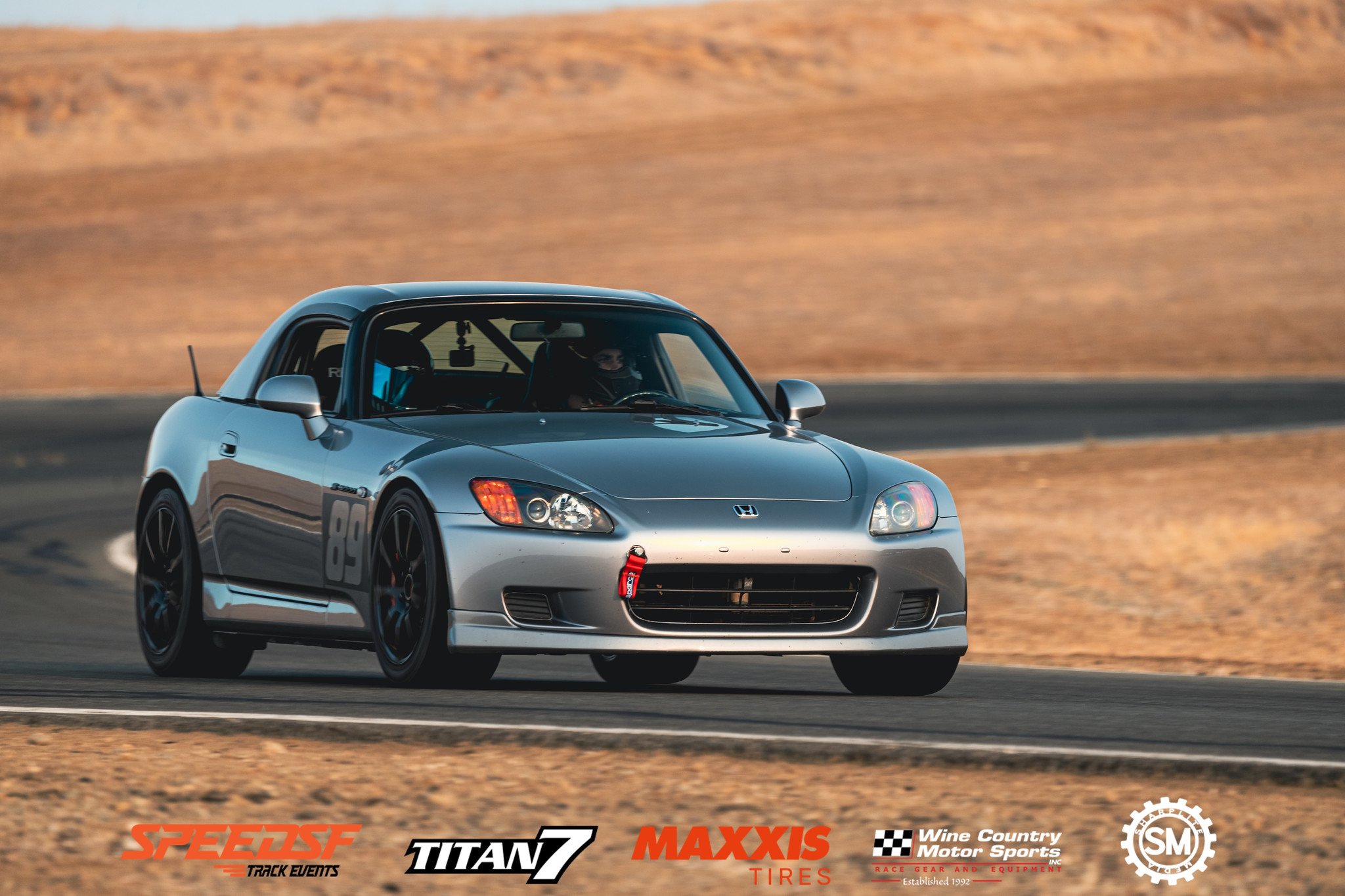
SpeedSF Blog
Every Build Has a Story – Meet the Cars of SpeedSF

Shan's S2000: Hitting the Books
After Shan spent his college years as a test driver for his Formula FSAE team, he started tracking an E92. The heavyweight M3 didn’t give him much joy, so, eager to get back into a pointy car, he picked up an AP2. With his engineering expertise, he’s been able to get the most from a modest assortment of modifications and turn this into a capable, dependable track scalpel.

Alex's AP1 S2000: Earning His Spurs
Tempted to try something livelier than his DC1, Alex bought himself an AP1 S2000 a few years back and learned how lively it really was. He chose his modifications with the aim of making it reliable and predictable, and in doing so, built a foundation upon which he could learn his craft.
